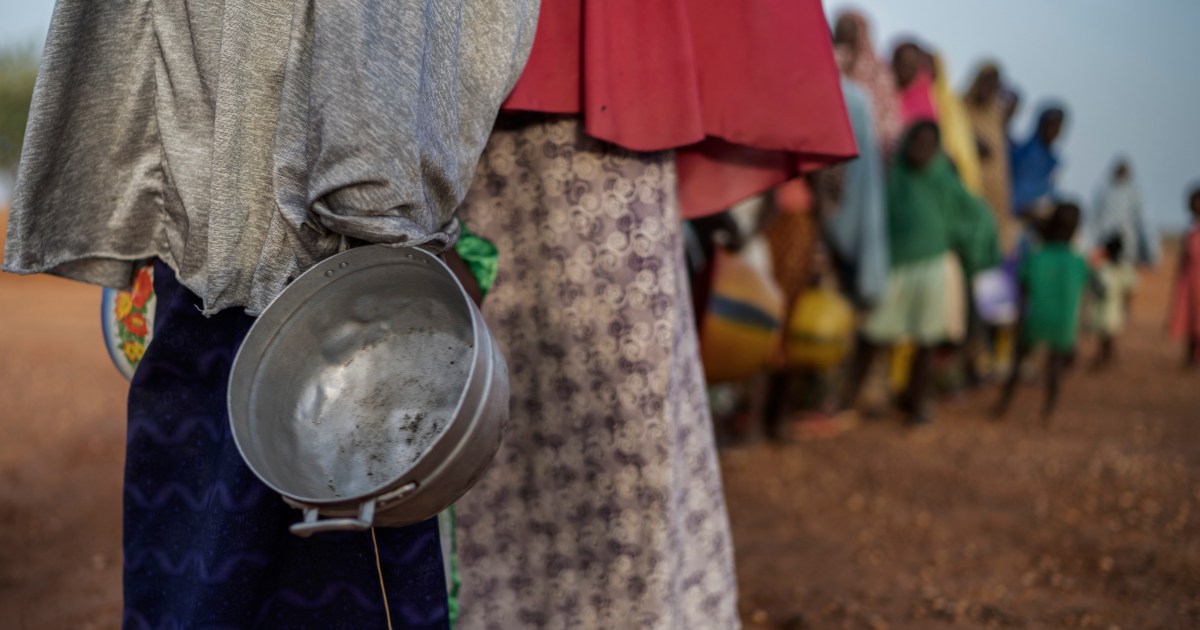As we approach Diwali, concerns about air quality gain momentum in the National Capital Region. It is happening this year as well. A combination of wood burning to fight the bitter cold, post-harvest crop burning to get the soil ready for the next crop, emissions from transport vehicles, and dust from a variety of sources come together to create a deadly mix. During some years the situation became so bad that it was unsafe for people to even come out of their residences. Clearly, this situation cannot continue. To find a regional solution, the government has set up a Commission on Air Quality Management.

However, mere information on the quantum of pollutants, known as emissions inventory, is not enough to formulate strategies to deal with the problem. Effective strategies can be developed only if data on the sources of these emissions become available. The share of emissions from each of these sources, along with their seasonal variations, is critical. Air quality experts refer to this as source apportionment. In simpler terms, this tells us what the contribution of different activities or factors is to the level of pollution that we encounter.
The share of total emissions from each of these sources is not constant throughout the year or even throughout the day. Further, they even vary across different parts of a city. It is, therefore, important to understand what is contributing to the pollution, at what time of the day or what time of the year, and at what locations in this city.
Four important studies are generally referred to when experts seek to find out the sources. These are: One, pollution source apportionment and source inventory by the Indian Institute of Technology-Kanpur (IITK) for Delhi (2015); two, The Energy and Resources Institute (TERI) study (2018); three, Automotive Research Association of India (ARAI) study (2018); and four, System of Air Quality and Weather Forecasting and Research (SAFAR) study (2018).
These studies show there is considerable seasonal variation in the relative contribution of different sources. While during summer, the influence of dust increases to almost 31-34%, its share during winter reduces to 6-15%. The contribution of vehicles, industry, and biomass burning increases during winter to around 85-94%.
Notably, the share of secondary particles (that form in the atmosphere from combustion sources, like sulfur dioxide, nitrogen oxides, ammonia, and volatile organic compounds) can be as high as 26-30% during winter and about 15-17% during summer.
Clearly, transport and road dust are important contributors throughout the year. Crop burning was not a major issue at the time when the studies referred to were carried out and hence, not captured adequately. However, the high contribution of crop burning happens only over a very narrow window of about a month.
Measures that the city could take to reduce road dust and reduce emissions from motor vehicles would go a long way to accommodate the spike in the winter months. Dealing with road dust requires an aggressive effort to green the roadsides or sprinkling water on them. The Delhi government should make it mandatory.
Reducing emissions from the transport sector can be attempted in many ways. The most important among them would be to effect a significant shift from personal motor vehicles to public transport. While a 400km network of metro rail is already operational in the city, the lack of last-mile connectivity has constrained its usage. In order to complement the metro rail system there is a need to vastly scale up and improve public bus systems. This would entail operating local bus services that offer high enough quality for personal motor vehicle users to be attracted to it. Operating local circulator services to serve the neighbourhood would also be a step in the right direction. Identifying high-traffic corridors to make them one-way streets would go a long way in smoothening traffic flow and reducing emissions from idling vehicles. The introduction of Intelligent Traffic Management Systems (ITMS) is another way of improving traffic flow and reducing idling emissions. The recently proposed premium bus aggregator scheme is a step in the right direction.
Raising parking fees and introducing a system of congestion charging would dissuade people from using their personal motor vehicles. The recent emphasis on electric mobility is yet another step in the right direction as such vehicles emit virtually no pollution.
Another significant contributor, especially during winter, is the burning of firewood by poorer sections of the citizens, to stay warm. To mitigate this problem, it would be important to explore the possibility of a large number of shelters for the homeless, which can be kept warm using cleaner forms of energy. Such shelters would serve the dual purpose of providing a more comfortable roof to the poor and also reducing air pollution. The space under several flyovers can be advantageously used for this.
Further, monitoring this regularly will require a system of collecting source apportionment data across the day, across seasons, and locations. It is this kind of regular data that will allow established processes to be put in place to put an end to the air quality problems in Delhi on a more permanent basis. In this era of “big data”, this should not be a problem at all.
Anil Baijal is a former Lt Governor of Delhi and OP Agarwal is dean, Indian School of Public Policy. The views expressed are personal














